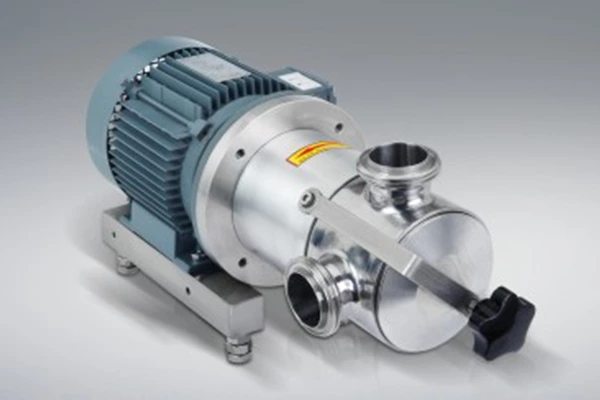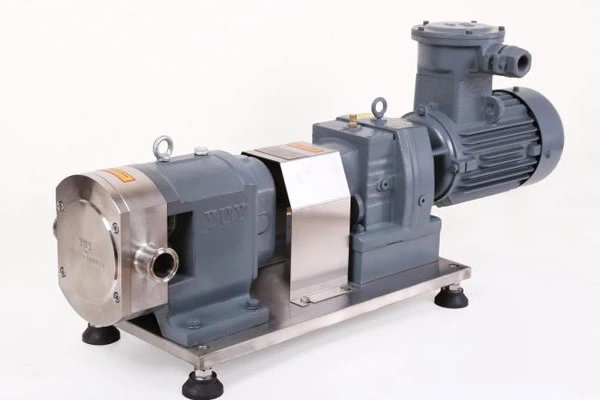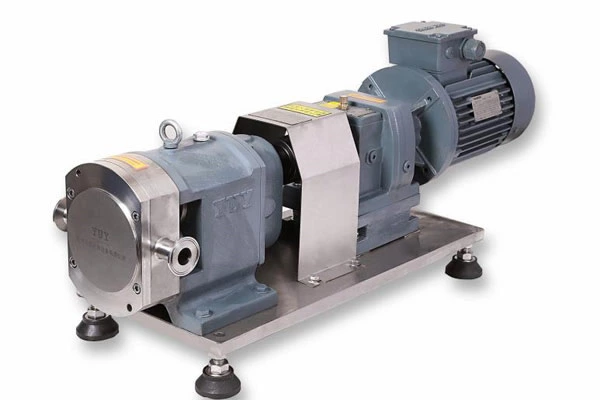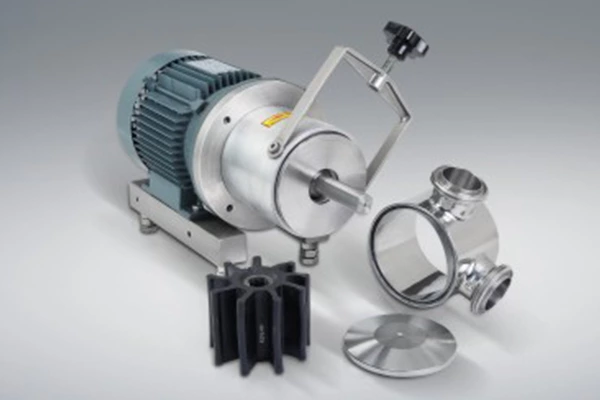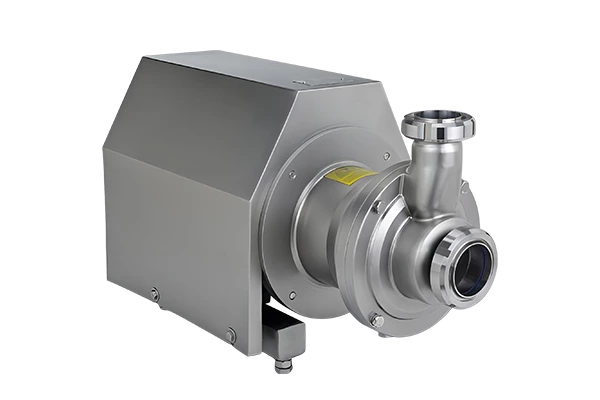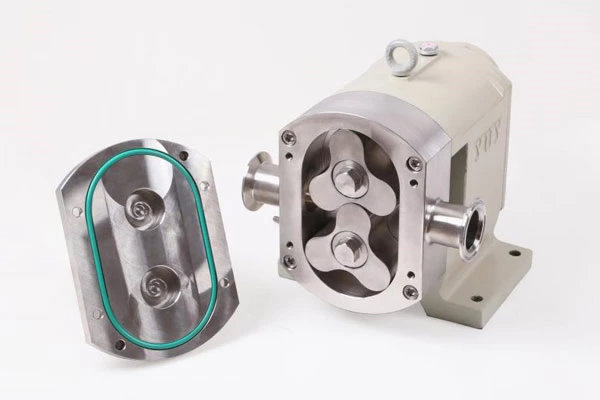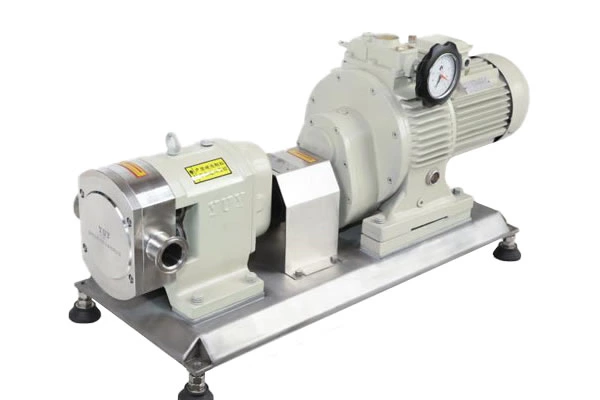How Does The Cip Reflux Pump Resist Cavitation?
Tips for improving the anti-cavitation performance of CIP Return Pump
(1) Improve the structural design of the CIP reflux pump from the suction port to the impeller. Increase the flow area; increase the radius of curvature of the impeller cover inlet section to reduce the rapid acceleration and pressure drop of the liquid flow; appropriately reduce the thickness of the blade inlet and round the blade inlet to make it close to the streamline shape, which can also reduce the acceleration and pressure drop of the flow around the blade head; improve the surface finish of the impeller and blade inlet to reduce resistance loss; extend the blade inlet edge to the impeller inlet so that the liquid flow receives work in advance and increases the pressure.
(2) Use a front inducer to make the liquid flow work in advance in the front inducer to increase the liquid flow pressure.
(3) Use a double-suction impeller to allow the liquid flow to enter the impeller from both sides of the impeller at the same time, then the inlet section is doubled and the inlet flow rate can be reduced by half.
(4) The design working condition adopts a slightly larger positive angle of attack to increase the blade inlet angle, reduce the bending at the blade inlet, reduce the blade blockage, and increase the inlet area; improve the working conditions under large flow to reduce flow loss. However, the positive angle of attack should not be too large, otherwise it will affect the efficiency.
(5) Use cavitation-resistant materials. Practice shows that the higher the strength, hardness, and toughness of the material, the better the chemical stability, and the stronger the cavitation resistance.
